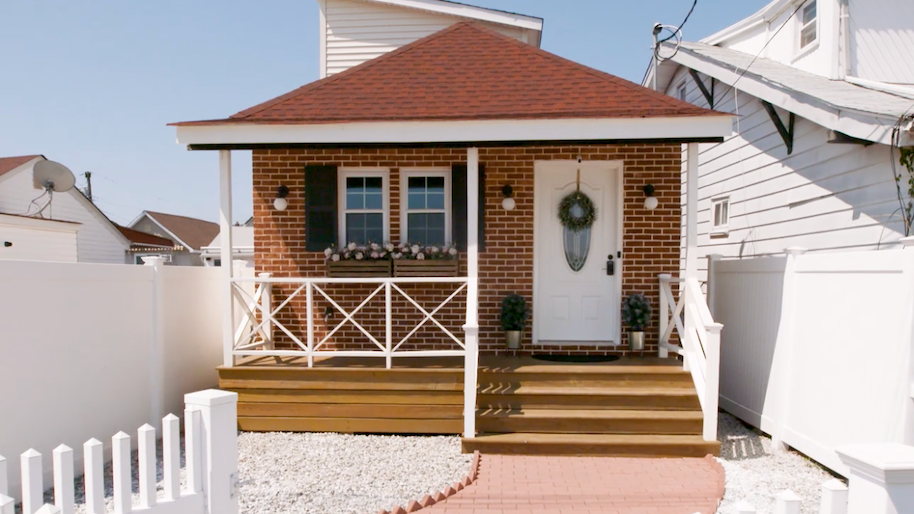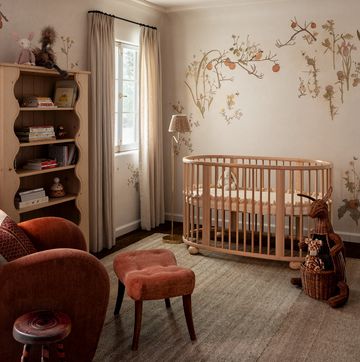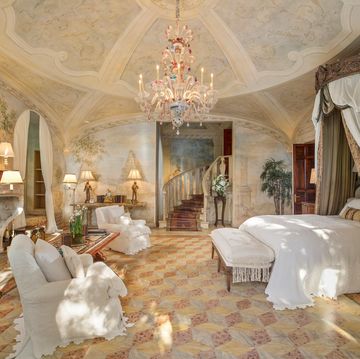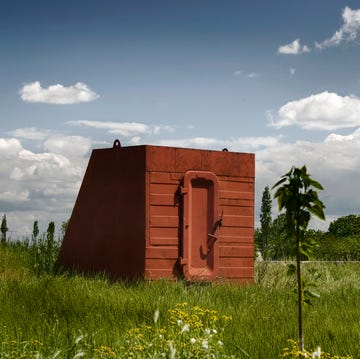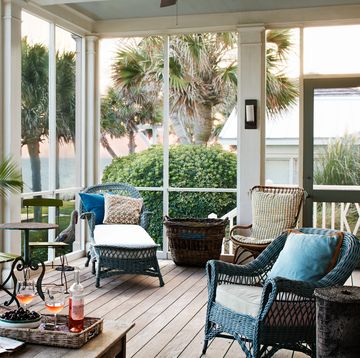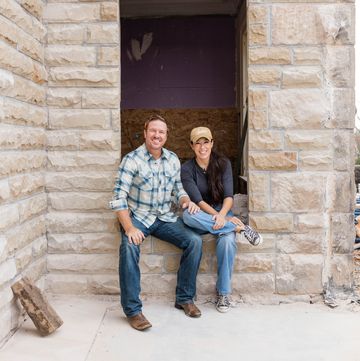Earlier this week when a Reddit user posted a photo of a "nursing home designed to look like a golf course community," the response was overwhelming, with the post drawing hundreds of upvotes and comments and making the front page of Reddit.
"I would love this," one person commented. "Having your own porch without actually having to go outside looks amazing."
"I hope there's a place like this when I get old," wrote another.
The assisted living facility pictured is Lantern of Chagrin Valley in Chagrin Falls, Ohio, one of a trio of properties designed specifically for patients with dementia and Alzheimer's disease. The building's interior courtyards and corridors were planned to look like tiny houses with front porches looking out over a golf course.
[facebook ]https://www.facebook.com/lanternofsaybrook/photos/... data width="800"[/facebook]
The look is deliberately reminiscent of a small town in the 1930s and '40s — even the paint colors are from those decades, according to the News-Herald. The "sky ceiling" features fiber optics that mimic daylight and starry skies, depending on what time it is. The floor is painted green like grass, bird-chirping sound effects play in the background, and artificial plants dot the common spaces. At night, "porch" lights turn on outside residents' rooms.
[facebook ]https://www.facebook.com/lanternofsaybrook/photos/... data width="800"[/facebook]
[facebook ]https://www.facebook.com/lanternofchagrinvalley/ph... data width="800"[/facebook]
"Every little thing you see — the wall color, the paint — actually has a therapeutic benefit, a therapeutic value," CEO and occupational therapist Jean Makesh told the News-Herald. There are even calming scents piped into the air, such as peppermint and frankincense.
Makesh came up with the idea after learning that controlled environments help reduce anger, anxiety and depression among dementia patients. Lantern residents take daily classes where they relearn basic living functions such as getting dressed.
Although many lose more recent recollections, Alzheimer's patients usually retain their memories from the time they were 21 years old and younger, Makesh told Cleveland.com.
"I take them back to those memories," he said. "I create a time capsule. It enables them to embrace everything around them."
[facebook ]https://www.facebook.com/lanternofsaybrook/photos/... data width="800"[/facebook]
Makesh hopes that by taking a rehabilitation approach to Alzheimer's, occupational therapists like himself — along with physical, speech and psycho-therapists — will be able to slow the progression of the disease to a manageable level more on par with other progressive diseases like multiple sclerosis and Parkinson's. He is optimistic that he and his staff will, within 10 years, find a way for some patients to go back home. Already, several clients are able to bathe and dress themselves "in their setting."
"We should find a way to make this disease no different than Parkinson's or multiple sclerosis," Makesh said.
[h/t Cleveland.com
